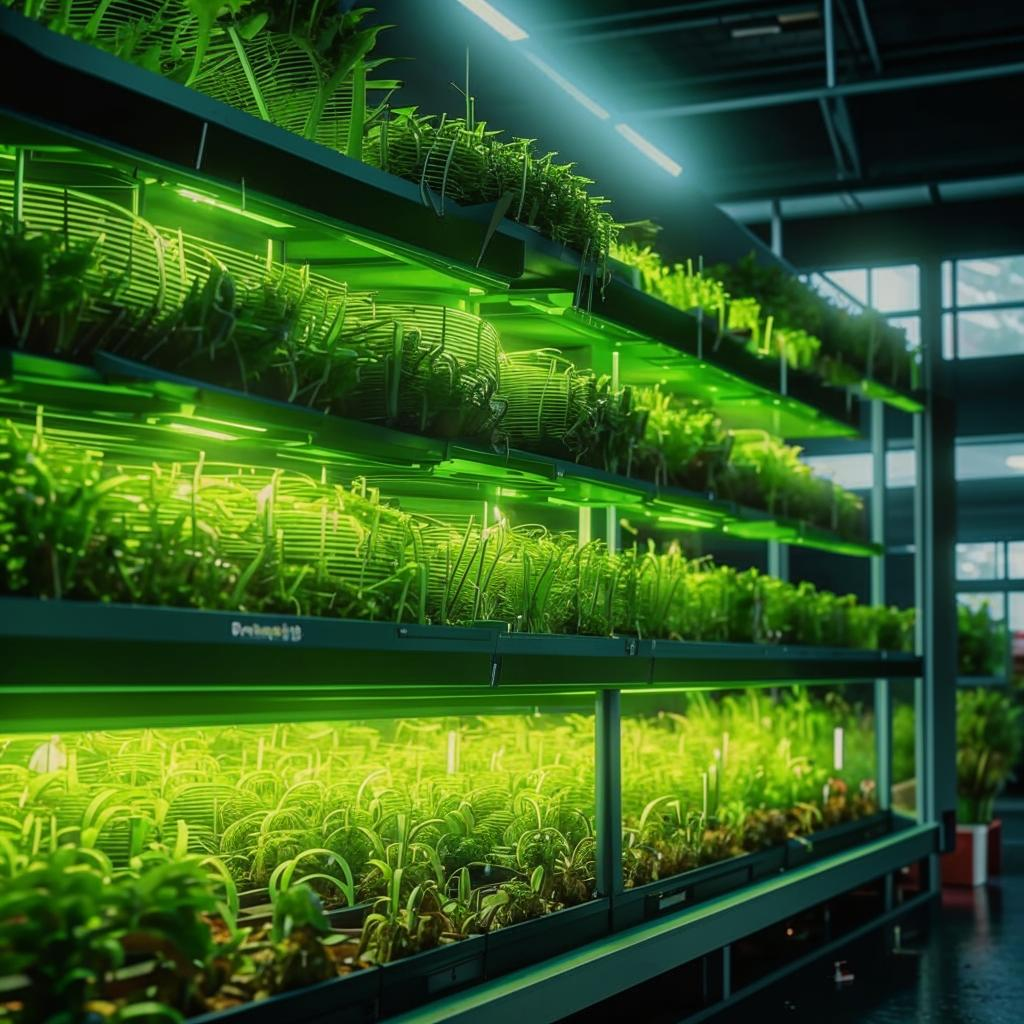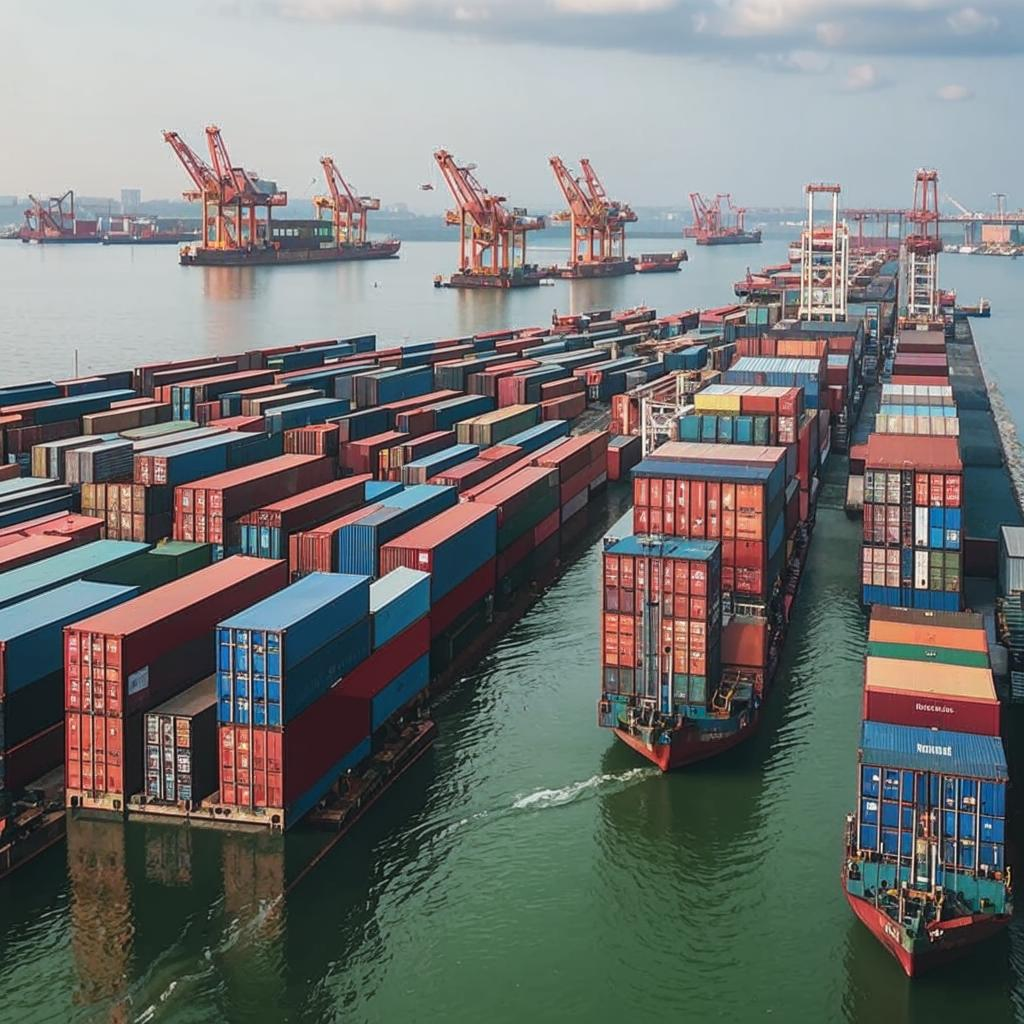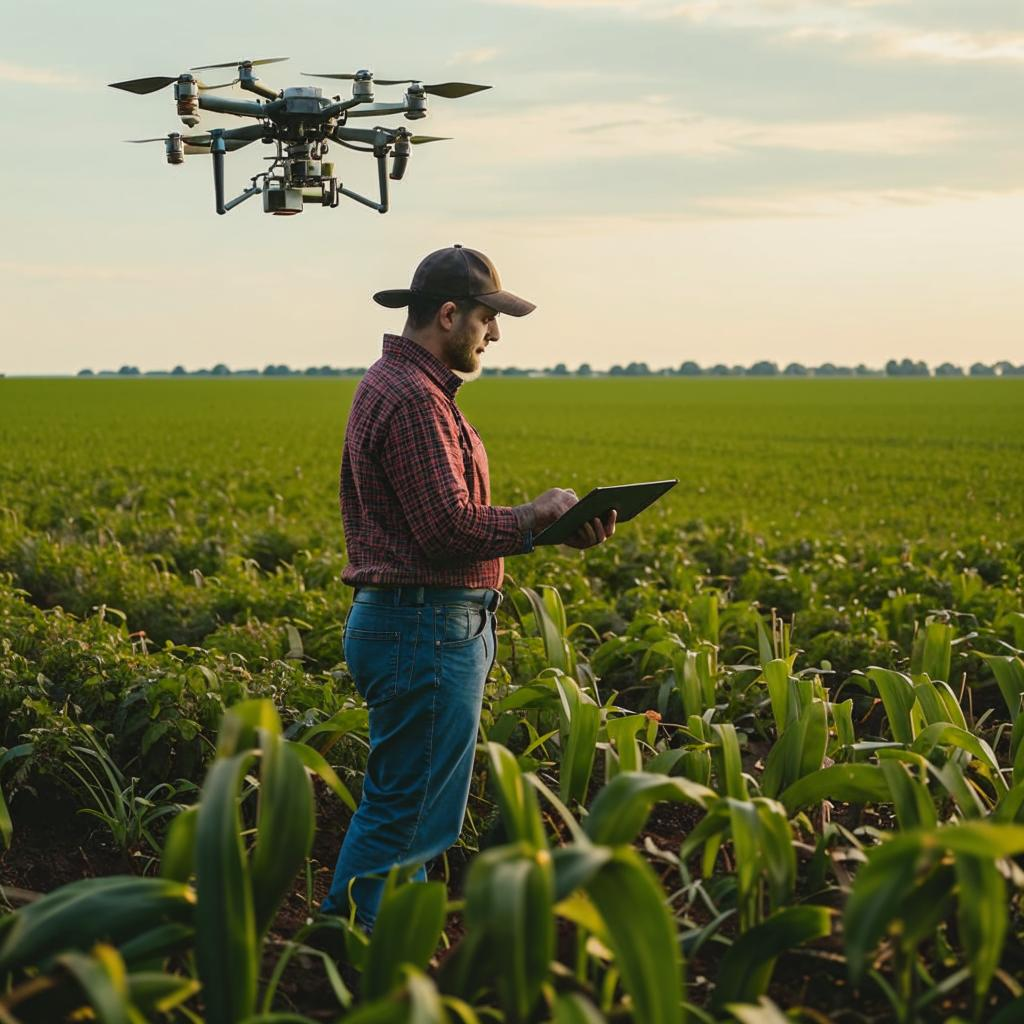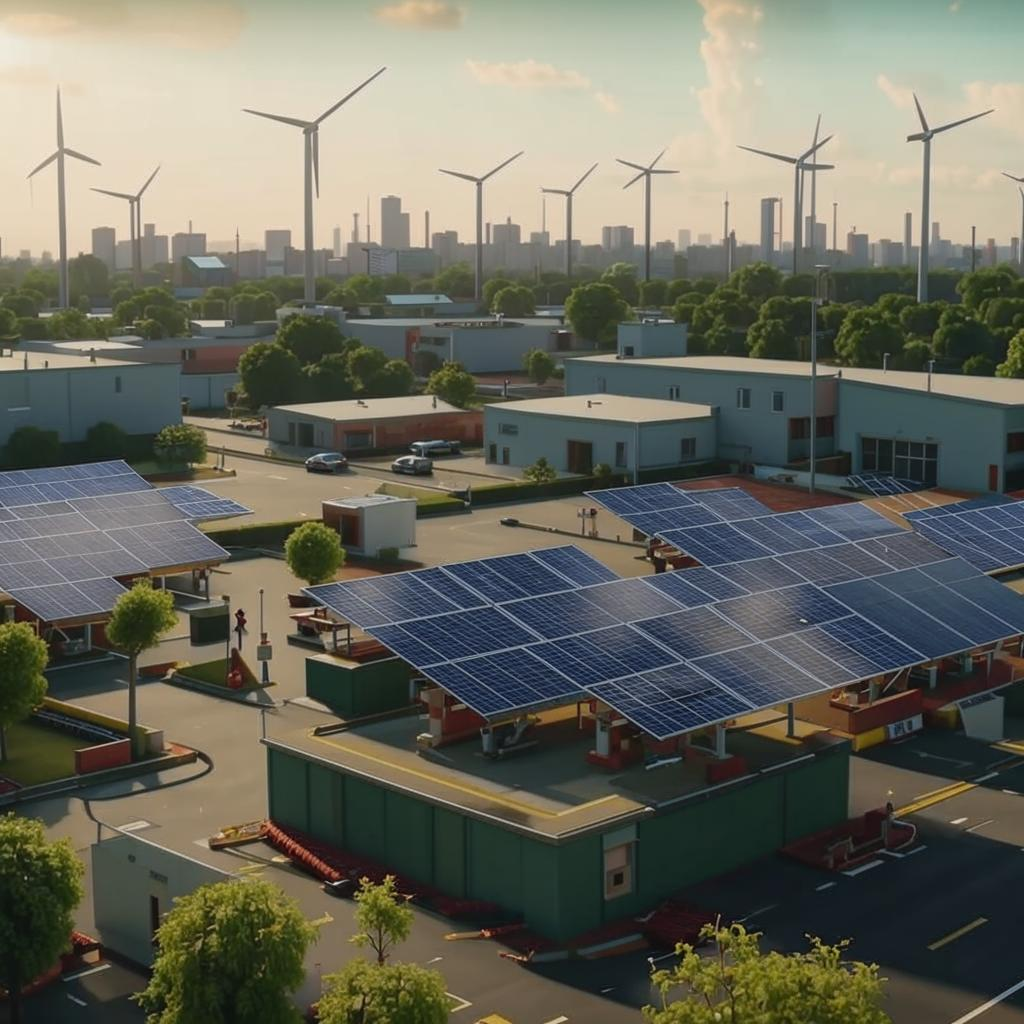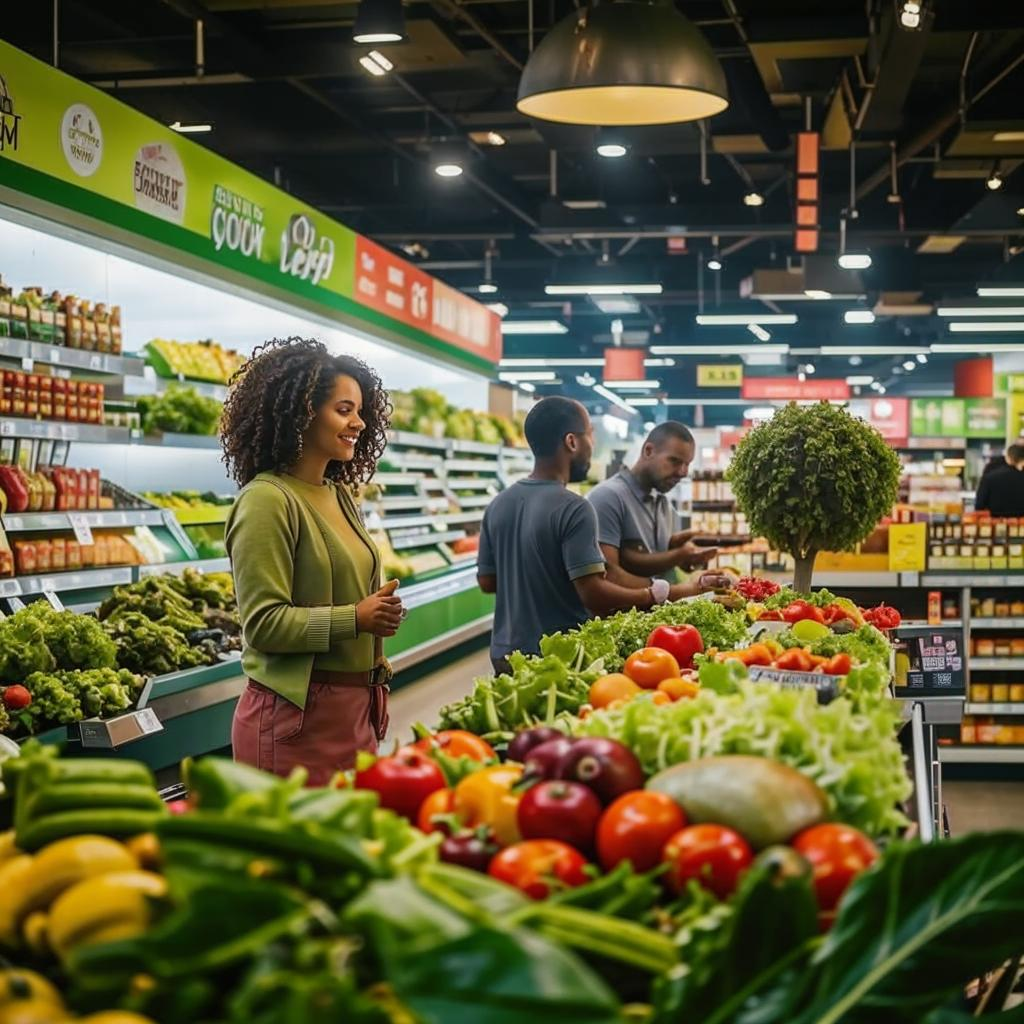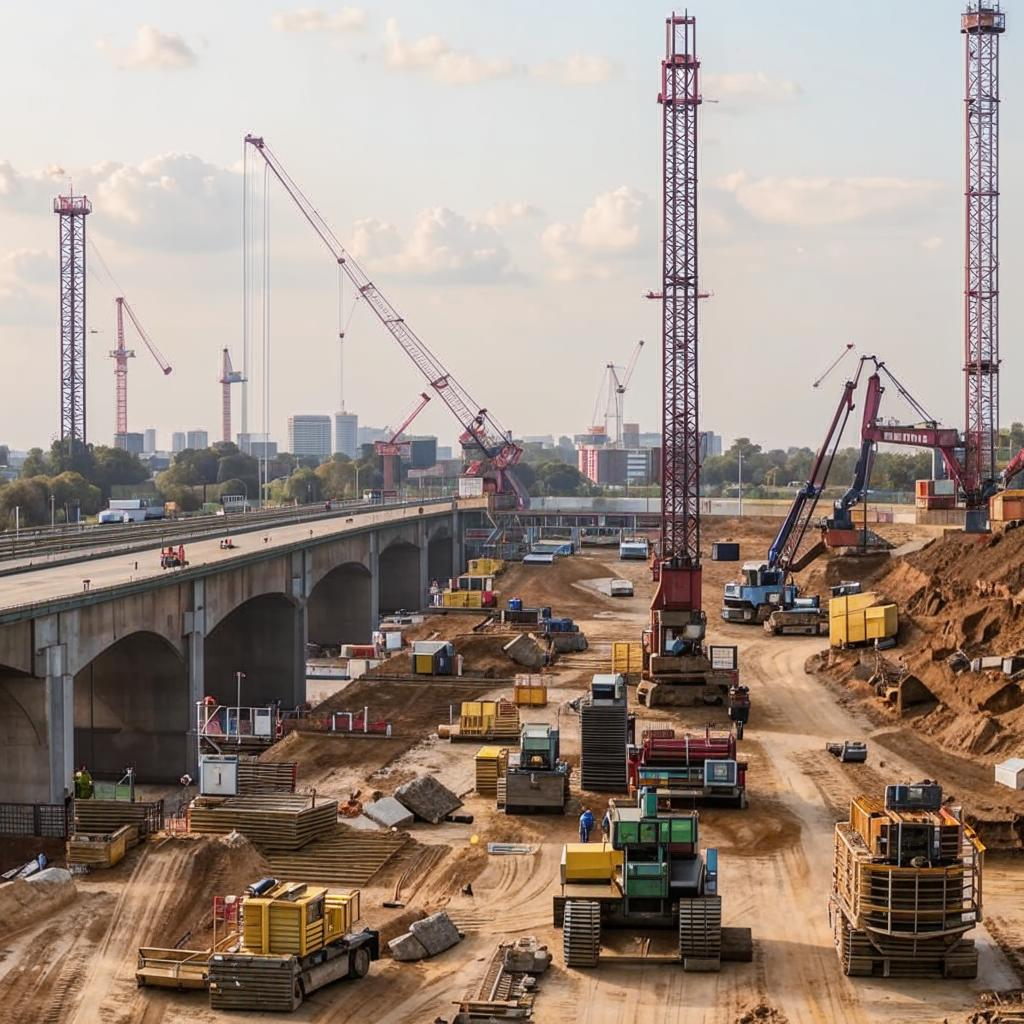Vertical farming is rapidly expanding, driven by innovative technology and increasing investments addressing sustainable food production needs. Conventional agriculture battles challenges like climate change and resource depletion. Vertical farms, which cultivate crops in stacked indoor layers, offer a promising solution.
These controlled environments enable year-round harvesting, minimize water usage, and eliminate the necessity for pesticides. Modern progressions in LED lighting systems, hydroponics techniques, and automation processes have elevated the efficiency and cost-effectiveness of vertical farms. Consequently, venture capital entities and long-standing agricultural businesses are allocating considerable funds into the vertical farming industry, propelling its expansion.
Despite obstacles such as substantial initial capital expenditures and high energy consumption, the advantages of vertical farming are considerable. As the world population grows and the demand for sustainable food sources intensifies, vertical farming is positioned to assume a more critical role in securing food supplies and promoting environmental stewardship. The industry’s outlook is bright, with forecasters predicting exponential growth as new technologies and streamlined processes reduce costs and increase efficiency. With the adoption of renewable energy sources and further refinement of growing techniques, vertical farms can significantly contribute to a more sustainable and resilient food system, offering a path toward a secure future. This agricultural revolution has the potential to reshape urban landscapes and revolutionize food distribution networks, bringing fresh produce closer to consumers and reducing transportation costs and environmental impact.
